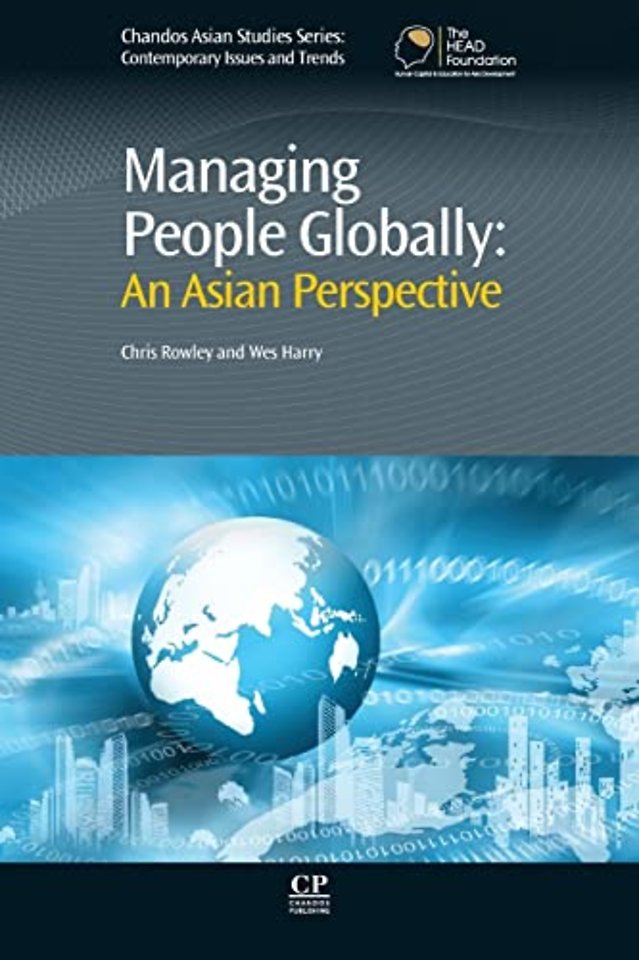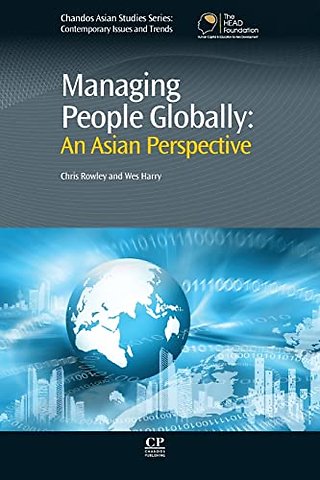<p>Dedication</p> <p>List of figures and tables</p> <p>Acknowledgements</p> <p>Abbreviations</p> <p>About the authors</p> <p>Chapter 1: Introduction: HRM context, development and scope</p> <p>1.1 Introduction</p> <p>1.2 Chapter features and the wider relevance of HRM</p> <p>1.3 What is HRM?</p> <p>1.4 Rhetoric and reality in HRM</p> <p>1.5 Tensions in HRM</p> <p>1.6 A strategic role?</p> <p>1.7 The context of HRM</p> <p>1.8 Scope</p> <p>1.9 Conclusion</p> <p>Chapter 2: Employee resourcing</p> <p>2.1 Introduction</p> <p>2.2 Overview</p> <p>2.3 HRP</p> <p>2.4 Activities in HRP</p> <p>2.5 Methods and data in HRP</p> <p>2.6 Impacts on HRP</p> <p>2.7 HRP in practice</p> <p>2.8 Recruitment and selection</p> <p>2.9 Stages</p> <p>2.10 Sources and methods of recruitment and selection</p> <p>2.11 Selection</p> <p>2.12 Methods</p> <p>2.13 Recruitment and selection in practice</p> <p>2.14 Conclusion</p> <p>Chapter 3: Employee rewards</p> <p>3.1 Introduction</p> <p>3.2 Overview</p> <p>3.3 Rewards and integration</p> <p>3.4 Types of reward</p> <p>3.5 Determinants</p> <p>3.6 Performance-related rewards</p> <p>3.7 PRP schemes</p> <p>3.8 Difficulties with PRP</p> <p>3.9 Rewards in practice</p> <p>3.10 Conclusion</p> <p>Chapter 4: Employee development</p> <p>4.1 Introduction</p> <p>4.2 Overview</p> <p>4.3 Training</p> <p>4.4 Management development</p> <p>4.5 Factors shaping provision and effectiveness</p> <p>4.6 Determining and locating training</p> <p>4.7 Evaluation</p> <p>4.8 Training in practice</p> <p>4.9 International comparisons in training</p> <p>4.10 Variety in training provision</p> <p>4.11 Performance appraisal</p> <p>4.12 Methods and techniques</p> <p>4.12.4 Ranking</p> <p>4.13 Potential problems with performance appraisal</p> <p>4.14 International comparisons in performance appraisal</p> <p>4.15 Conclusion</p> <p>Chapter 5: Employee relations</p> <p>5.1 Introduction</p> <p>5.2 Overview</p> <p>5.3 Employee relations</p> <p>5.4 Concept of a ‘system’</p> <p>5.5 Strategic choice</p> <p>5.6 Frames of reference</p> <p>5.7 Individualism versus collectivism</p> <p>5.8 Partnership</p> <p>5.9 The future of employee relations</p> <p>5.10 Employee involvement</p> <p>5.11 Forms of employee involvement</p> <p>5.12 Conclusion</p> <p>Chapter 6: Conclusion</p> <p>6.1 Introduction</p> <p>6.2 Key points</p> <p>6.3 Comparisons</p> <p>6.4 The future of HRM</p> <p>6.5 Conclusion</p> <p>Contemporary developments</p> <p>Managing people – as seen in art and culture</p> <p>Case studies</p> <p>Index</p>

